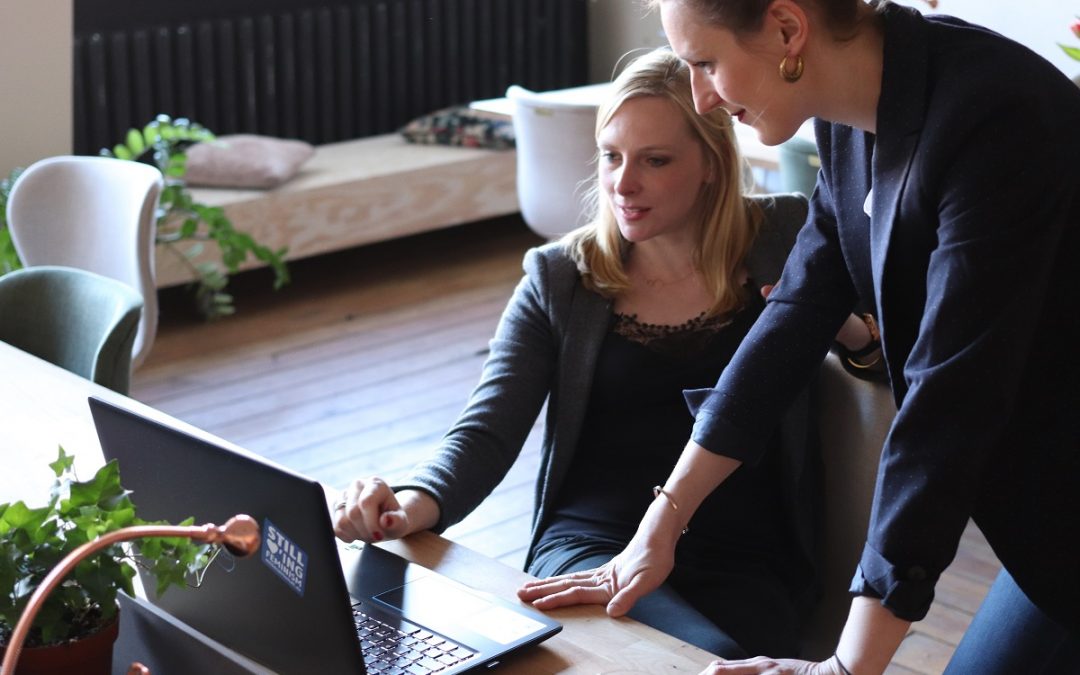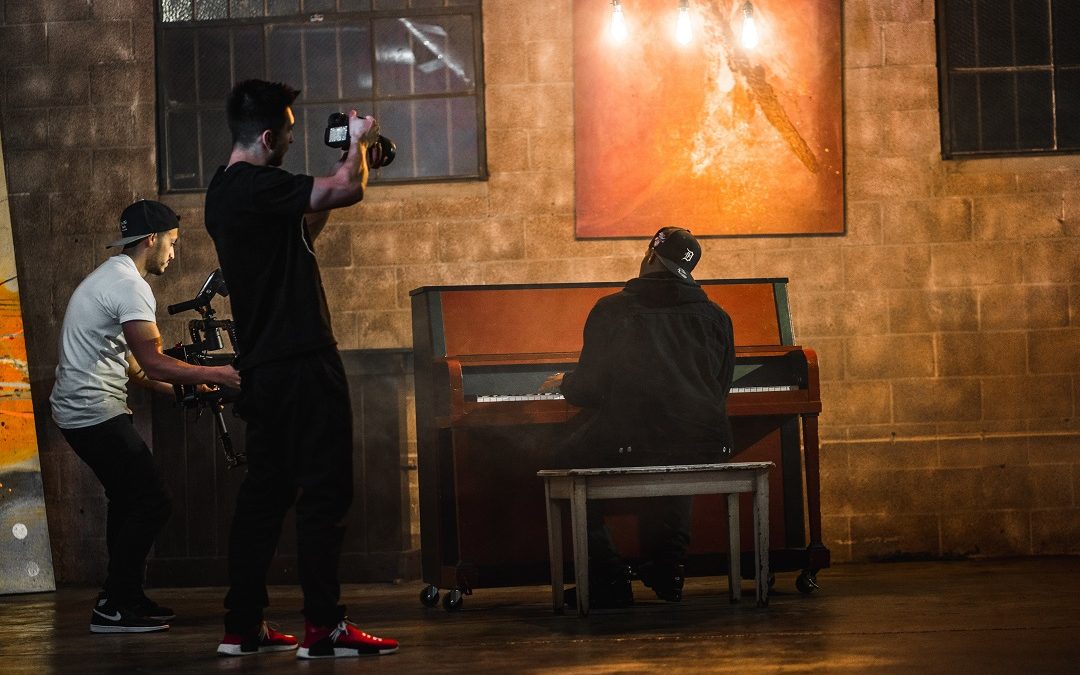
10 Ways to Avoid a Joint Venture Fail
10 Ways to Avoid a Joint Venture Fail
Joint Ventures are great for collaboration
Working together with another like minded entrepreneur is a clever way to accelerate business growth, which is why joint ventures remain a popular way for individuals or organisations to collaborate. But before you ‘Give it Away’ (as there’s always room for a Red Hot Chilli Peppers reference in a legal consideration blog), it’s critical to shore up your joint venture’s credentials to ensure a smooth, surprise-free partnership from beginning to end. In this Onyx Legal blog , we highlight 10 ways to avoid joint venture fails. [Ok, so we ended up with 11 – Ed.]
Joint Ventures are usually for a specific and limited project, goal or purpose and may also be limited by time.
1. Who is party to the joint venture?
Establishing a joint venture is no time to be carefree with the details.
Before entering into a joint venture, establish the legal identity of all parties. This means performing ABN and other similar regulatory checks. It might also mean checking driver’s licence details of individuals.
A client recently came to us with a proposed joint venture, and we could not establish who would pay him the $400k that he expected to receive as his share of profits. The deal fell over when the other party also failed to establish who would pay that sum.
2. How Should You Structure a Joint Venture?
It is important to understand that joint ventures and partnerships are different structures.
A partnership is a long-term working proposition with full legal liability – a commitment to working together into the future.
A joint venture is project or purpose-focused, and facilitates separate parties to continue working on other businesses simultaneously. Joint ventures can be done by contract with each party paying their own tax, but one of the parties must hold the assets relating to that venture (paperwork, accounts, assets) unless it is established in its own identity.
3. What do you want to achieve with your joint venture?
It’s easy to get caught up in the potential of success and innovation at the beginning of a joint venture, which is why understanding what you want to achieve from the collaboration is so valuable.
We’ve observed web designers, marketers and programmers enter joint ventures expecting to receive a share in profits at the end of the build, only to have ‘goal posts’ moved so regularly they exit the venture – leaving thousands of hours of unpaid labour in their wake.
Failing to understand – or formalise – expectations in a joint venture regularly leads to disappointment.
Put together a clear written agreement covering all the moving parts of your proposed joint venture, and allowing some flexibility for change as your venture grows.
have a written Joint Venture agreement
Failing to understand – or formalise – expectations in a joint venture regularly leads to disappointment
4. How long should your joint venture last?
How long is a piece of string?
There’s no single answer to this question; the duration of your joint venture is based on the purpose of the project.
Will you be building something – a house or a piece of technology?
Are you going to be running a developing a piece of software or an education program together?
If you are building or developing something together the period of the joint venture might be the development period, and once you have a completed MVP (minimum viable product) you might roll it over into a company and start building a team to run it.
Where you’re entering a revenue share deal, it might be a two year focused time frame for growing the base income of the business.
Whilst you do not need to define a hard ‘end date’ to your joint venture in documentation, it’s useful for all parties to understand the purpose of the relationship, and a general timeline to completion of the project, and what completion looks like.
We regularly write in rolling successive terms, such as a one year agreement that rolls over for another year unless someone terminates before the end of the year.
5. How can disagreements be dealt with or avoided?
A joint venture agreement should be robust, providing options should parties fail to perform their role, or decide to walk away from the project.
In collaboration with your lawyer and with your project’s specific risks and opportunities in mind, carefully identify pressure points that require clarification and consider an approach to realistic exit should your working relationship end unexpectedly before the project is completed.
Good joint venture agreements remove the element of surprise from projects, leading to higher rates of completion and reduced conflict.
For a two party joint venture, it is a great idea to have some way of independently breaking deadlocked decisions. You could use a trusted third party as a referee, such as a mentor or board adviser. You could also allocated areas of decision making to each party that give one person a try breaking vote on those issues.
6. What if someone wants out if the joint venture early?
Build the possibility of a party leaving the joint venture into the structure of the joint venture to avoid future problems.
The best laid plans of mice and men often go awry, and a party may need to exit the joint venture for any number of reasons. Family life may be under pressure, there could be financial considerations, or health issues to address.
Fairness is key when devising a graceful exit from a joint venture.
7. What if you want someone else to join in the venture part way through?
Joint ventures can be created to allow for the possibility of other experts parties joining the project. Sales professionals are typically invited to join in after an MVP is achieved.
It’s important that you’re working with a lawyer to structure your joint venture for all possible contingencies … which could include growing your collaborative group.
8. Who will do what in your joint venture?
Formalising a joint venture is no time for pussyfooting around responsibilities or making assumptions about role workloads.
Success in your project relies on clear delegation of work, as all parties will have other responsibilities that could take their attention, in addition to the joint venture.
It’s important to know exactly who will be paying the bills and who will be responsible for particular milestones.
Having difficult conversations early on about the work or outcomes due for completion by exact parties of the venture will save plenty of strife when life gets busy or timelines become blown-out.
9. What happens if someone fails to live up to their responsibilities in the joint venture?
As with any project, it’s possible that the whole thing could become scrambled eggs.
Of course you don’t anticipate that will be the outcome, but it’s prudent to plan for unlikely circumstances. Think about COVID-19, a virus which has changed the trajectory of the global economy in the space of months. It was nigh on impossible to imagine the world shutting down a year before the corona virus; but there it is.
People can fail to live up to the responsibilities in a joint venture for a variety of reasons, including circumstances beyond their control.
Build into your joint venture contingencies around ‘failure to perform’ and decide what the dissolution of the relationship should look like. Who gets what? What will trigger the dissolution? How will any debts be paid?
These are important matters to discuss with your collaborative partners and your lawyer.
10. Who retains any intellectual property created during the venture, once it ends?
Often a complex matter to consider, the ownership of intellectual property is the cause of many disagreements.
If the joint venture does fail, there is likely to be an argument about intellectual property and who owns what. If you can work out IP ownership at the commencement of your joint venture, you’ll design a logical way of dealing with the matter if you fall out.
Maybe each party only walks away with what they contributed; maybe each party walks away with one complete copy of the created intellectual property.
Certainty around what will happen at the time of the exit gives everyone confidence and reduces the risk of legal action.
11. How will the project be managed?
A joint venture teaches entrepreneurs a whole lot about project management and communication. There are many moving pieces you and your partners will need to consider:
- planning
- stakeholder relationships
- reporting
- regular meetings and agendas
- cashflow
While it is appropriate for different roles to be attributed, a single party needs to be appointed to ensure accountability across the whole of the joint venture. You will need someone with the energy and drive to ensure that things happen.
Flexibility must be built into this role, and an allowance to break ‘deadlocks’ in decision making.
Many’s the time we have observed joint ventures fall apart when the directors of the governing entity failed to design a mechanism for change, independent of the warring parties.
Joint ventures are a terrific way for business owners to collaborate, to stretch their skills, test ideas, and to innovate. A well-designed joint venture allows for the clear division of work and responsibility, provides safeguards for failure and disappointment, and deals with the sticky stuff of business relationships before they become complex.
At Onyx Legal we support business owners to come together with like-minded partners in joint ventures, creating structures that respond to your unique projects, packed with safeguards to keep you as confident and safe as possible.


Recent Comments